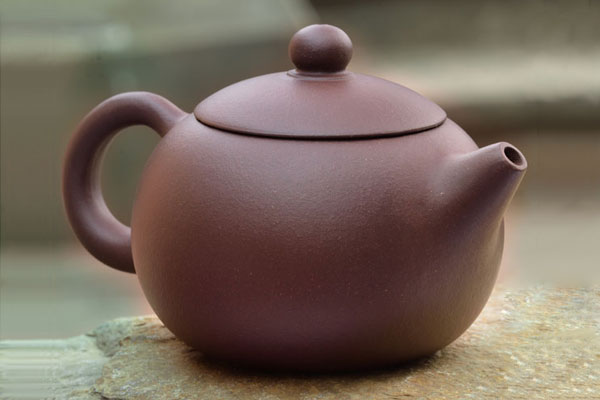There is a lot of counterfeit Yixing teapots on the market, so it can be difficult to tell if you are getting an authentic teapot or not. In this blog post, we will give you some tips on how to identify whether it is a fake or real Yixing teapot. In this post, we shall give you a few tips that should help you get closer to the truth. So, without further ado, let’s get started!
Contents
What is A Yixing Teapot?
A yixing teapot is a small teapot made of yixing clay. Yixing clay is a type of clay found in the Jiangsu province of China. It is known for its high quality and ability to absorb and retain heat. Yixing teapots are made by hand, and each one is unique. They are often used to brew black tea, green tea, or oolong tea.
Because yixing clay is porous, it absorbs the flavor of the tea over time. As a result, yixing teapots should only be used to brew one type of tea. Over time, the pot will develop a patina that enhances the flavor of the tea. With proper care, a yixing teapot can last for many years.

How to Tell if Yixing Teapots are Real or Fake?
Identifying the originality of Yixing (Zisha) teapots is not just based on texture and color of the teapot, there are a number of other marks on yixing pots that defines its authenticity. Let us see them in detail below:

Zisha clay is available in purple, red and brown colors. It is a compound of kaolin, quartz, illite (hydromica), iron oxide (hematite, goethite), K-feldspar, anorthoclase, and montmorillonite. This yixing clay pot is fired at the temperature of 1100° – 1200°.
Yunmu Mica
Yunmu are the tiny white spots found on the yixing teapots. The content of mica does not vaporize below 1260°C and thus leaves small bubble-like white spots on the surface of the teapot. These spots are one of the considerations to determine authenticity of original yixing.
Tierong
Tierong are the minute black spots which are scattered all over the teapot. You will find very few black spots on yixing pots. These are the formed in the process of firing the clay wherein the iron melts and separates leaving black spots on the pot. If you find big clusters of black spots, it is a sign of poor quality of the teapot.
Tiaosha
Tiaosha in normal terms means “Jumping Sand”. The zisha clay has sand-like properties. During the firing process, some larger grains of Zisha squeeze until they pop-in the surface of the teapot leaving very small pores on the surface. These pores are the sign of original Zisha which is not mixed with any other type of clay.
Baozi
Baozi are the small little bumps formed on the surface of the yixing teapots when the size of the pot contracts. The large grains of Zisha are pushed on the outer side which forms the bump of the surface.
These are the few yixing teapot marks which determine its originality. Following are some other considerations of the original yixing teapots.
Well, one has to consider the above mentioned factors while buying a yixing pot. However, there are also some imperfections on a Yixing teapot which act as sign to find the real yixing teapot.
Benefits of Using Yixing Teapots over Other Types of Teapots
Yixing teapots have been used in China for centuries to brew tea. The following are some of the benefits of yixing teapots over any other type of teapots be it ceramic teapots or glass teapots:
- The pots are made of clay that is fired at a high temperature, making them durable and resistant to heat.
- Yixing teapots are also porous, meaning that they absorb the oils from the tea leaves. This gives the tea a unique flavor that can change over time.
- Additionally, the pots help to keep the tea warm for longer periods of time.
- While Yixing teapots require some initial care, they can be used for many years with proper care.
For these reasons, Yixing teapots are considered the best type of pot for brewing tea. Let us see a few imperfections on real yixing teapots
The Imperfections Found on Yixing Teapot
Following is the list of imperfections found on a perfect or a real Yixing Teapot:
With this checklist of imperfections, you can find a real Yixing teapot. And if you are wondering as for how much you should pay, that depends on the quality of the pot. A good quality yixing teapot can range in price from $50 to $500. But remember, even the most expensive pot is only worth what you’re willing to pay for it.
Conclusion Paragraph on Identifying Real Yixing Teapots
The next time you are in the market for a yixing teapot, keep these tips in mind. If you are ever unsure about the authenticity of a yixing teapot, there are several telltale signs to look out for that can help you make an informed decision. Remember, if it’s too good to be true, it probably is! With these guidelines in hand, you should be able to purchase your perfect yixing teapot with confidence. Have you ever been scammed by purchasing a fake yixing pot? Share your story in the comments below.










Add Comment